Description
Benzoic Acid: A Versatile Chemical with Applications Across Industries
Benzoic acid, a white, crystalline solid with the chemical formula C₇H₆O₂, is a naturally occurring and synthetically produced compound with a wide array of applications. From food preservation to pharmaceutical manufacturing, this versatile chemical plays a vital role in various industries. Let’s delve into the properties, uses, and safety considerations of benzoic acid.
Naturally Occurring and Widely Produced:
Benzoic acid is found naturally in many plants, including cranberries, plums, and cinnamon. It’s also a component of benzoin resin, from which it derives its name. Commercially, benzoic acid is primarily produced by the partial oxidation of toluene with oxygen, in the presence of metal catalysts. This process is efficient and yields a high-purity product that can be used in diverse applications.
Key Properties:
Understanding the properties of benzoic acid is crucial for its effective utilization. Key features include:
- Appearance: White, crystalline solid or powder
- Odor: Faint, characteristic odor
- Solubility: Slightly soluble in water, soluble in alcohol and ether
- Acidity: Weak organic acid
- Melting Point: Approximately 122°C (252°F)
- Chemical Stability: Relatively stable under normal conditions
Versatile Applications:
Benzoic acid’s diverse properties translate into a wide range of applications across various industries:
- Food Preservation: One of the most well-known uses of benzoic acid is as a food preservative. In its salt form, sodium benzoate, it inhibits the growth of molds, yeasts, and some bacteria, extending the shelf life of acidic foods like pickles, fruit juices, carbonated drinks, and salad dressings.
- Pharmaceuticals: Benzoic acid serves as a precursor in the synthesis of various pharmaceuticals. It can be used as an antiseptic, antifungal agent, and in the treatment of skin conditions like ringworm.
- Industrial Applications:
- Plasticizers: Benzoic acid esters, like benzyl benzoate, are used as plasticizers to increase the flexibility and durability of plastics, particularly in vinyl products.
- Dye Production: It acts as an intermediate in the manufacturing of certain dyes and pigments.
- Chemical Synthesis: Benzoic acid is a starting material for the production of numerous other chemicals, including benzoyl chloride, which is used in the synthesis of perfumes and flavors.
- Cosmetics: It’s sometimes included in cosmetic formulations as a preservative and pH adjuster.
Sodium Benzoate: A Closely Related Compound:
Sodium benzoate (C₇H₅NaO₂), the sodium salt of benzoic acid, is often preferred in aqueous solutions due to its higher solubility in water compared to benzoic acid. Its applications largely mirror those of benzoic acid, particularly in food preservation.
Safety Considerations:
While benzoic acid is generally considered safe for use in food and cosmetic applications within regulated limits, it’s important to be aware of potential safety considerations:
- Allergic Reactions: Some individuals may experience allergic reactions to benzoic acid or its salts, especially if they have sensitivities to other benzoates.
- Potential for Benzene Formation: When sodium benzoate is combined with ascorbic acid (vitamin C) in beverages, under certain conditions (heat and light), it can potentially form trace amounts of benzene, a known carcinogen. However, regulatory agencies like the FDA monitor benzene levels in beverages and set limits to ensure safety.
- Handling Precautions: As with any chemical, it’s essential to handle benzoic acid with care. Avoid inhalation of dust and contact with skin and eyes. Use appropriate personal protective equipment such as gloves, goggles, and a respirator if necessary.
Conclusion:
Benzoic acid is a valuable and widely used chemical compound with a significant impact on various industries. From preserving our food to facilitating the production of pharmaceuticals and plastics, its versatility stems from its unique properties. Understanding its uses, benefits, and potential risks is essential for responsible and effective utilization of this important chemical. As research continues, we anticipate further applications and innovations involving benzoic acid in the years to come.


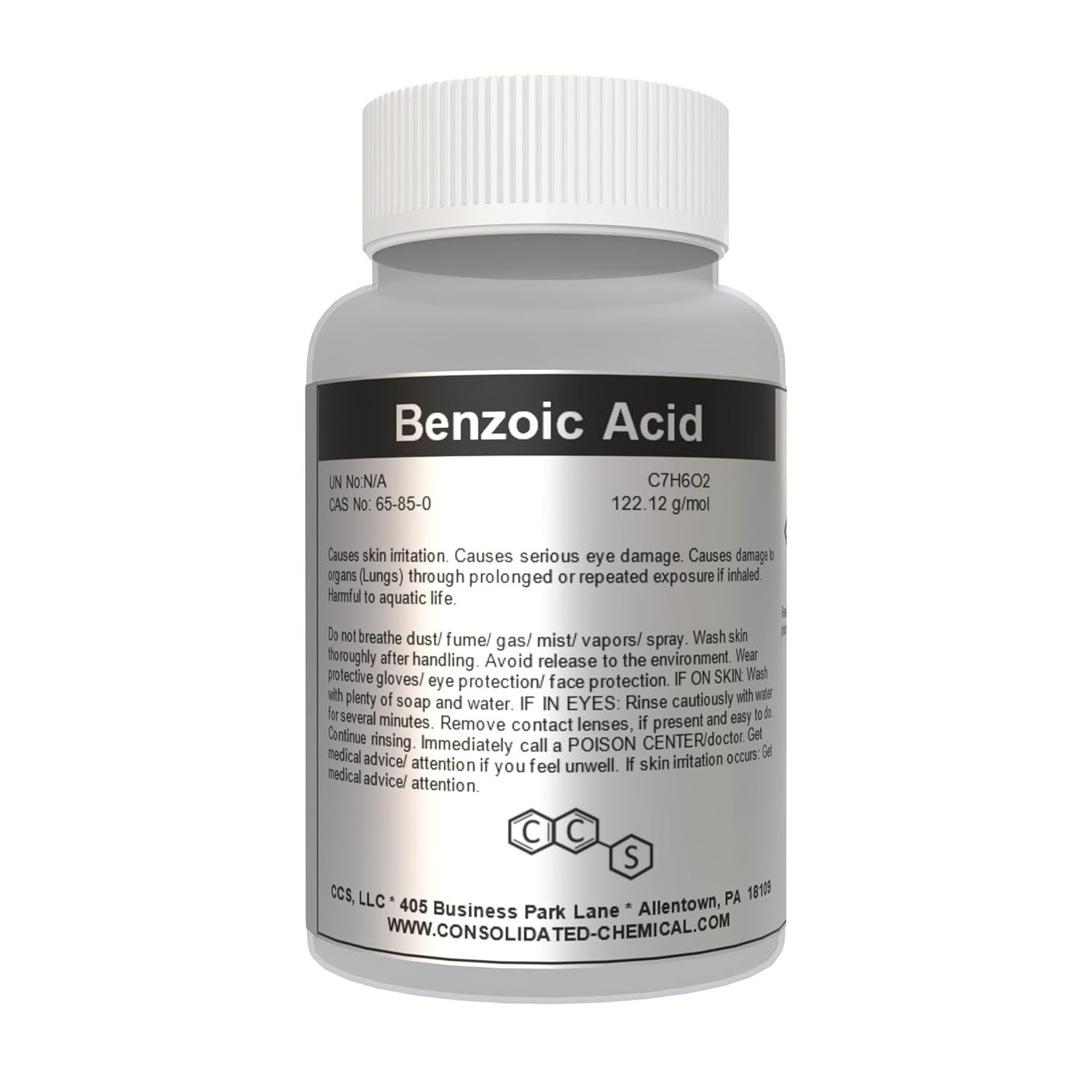
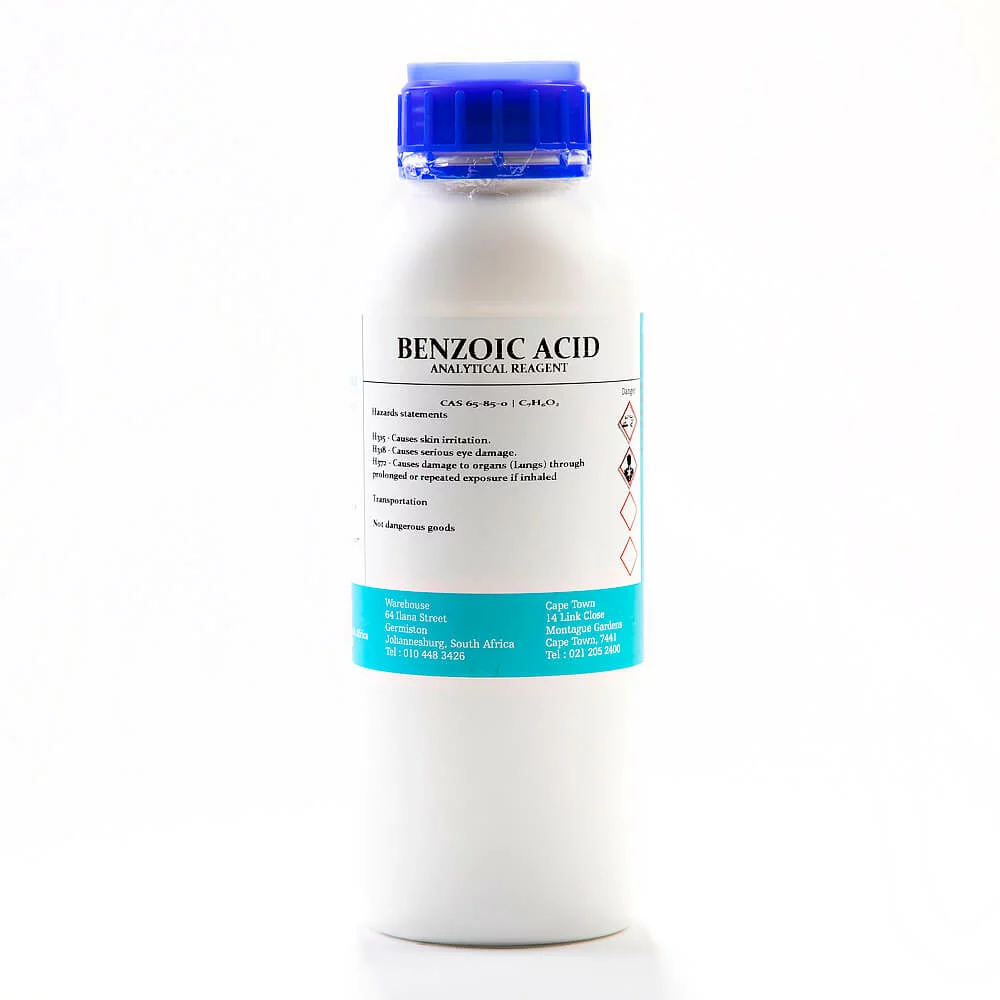

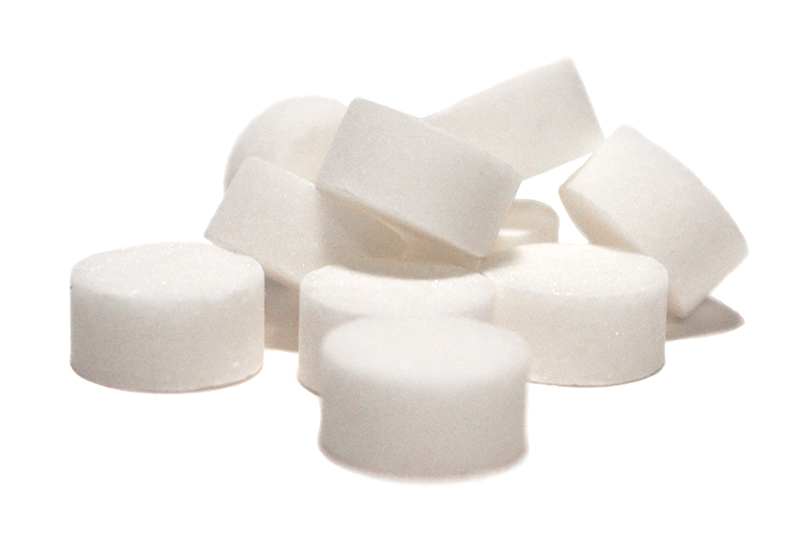
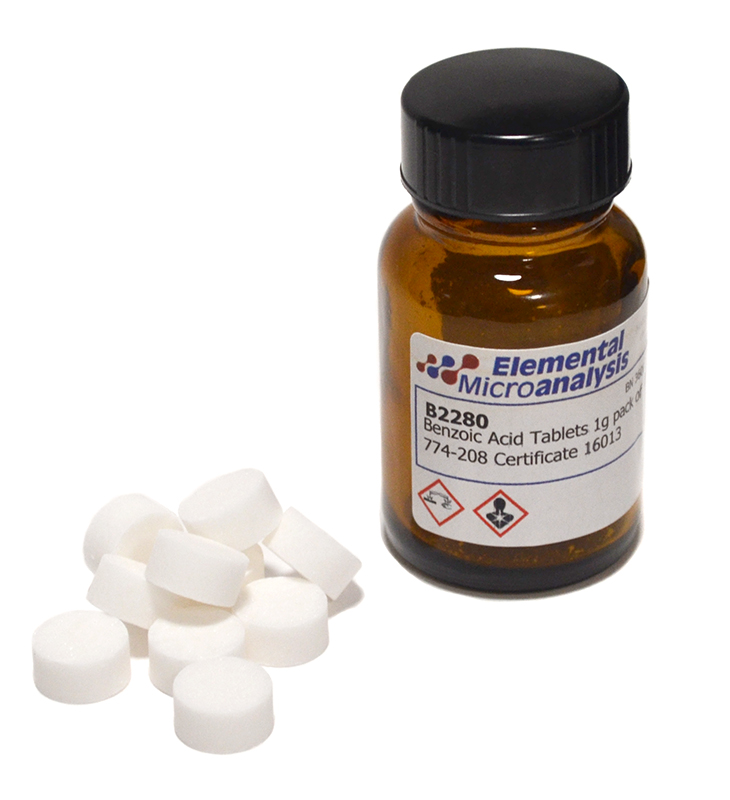
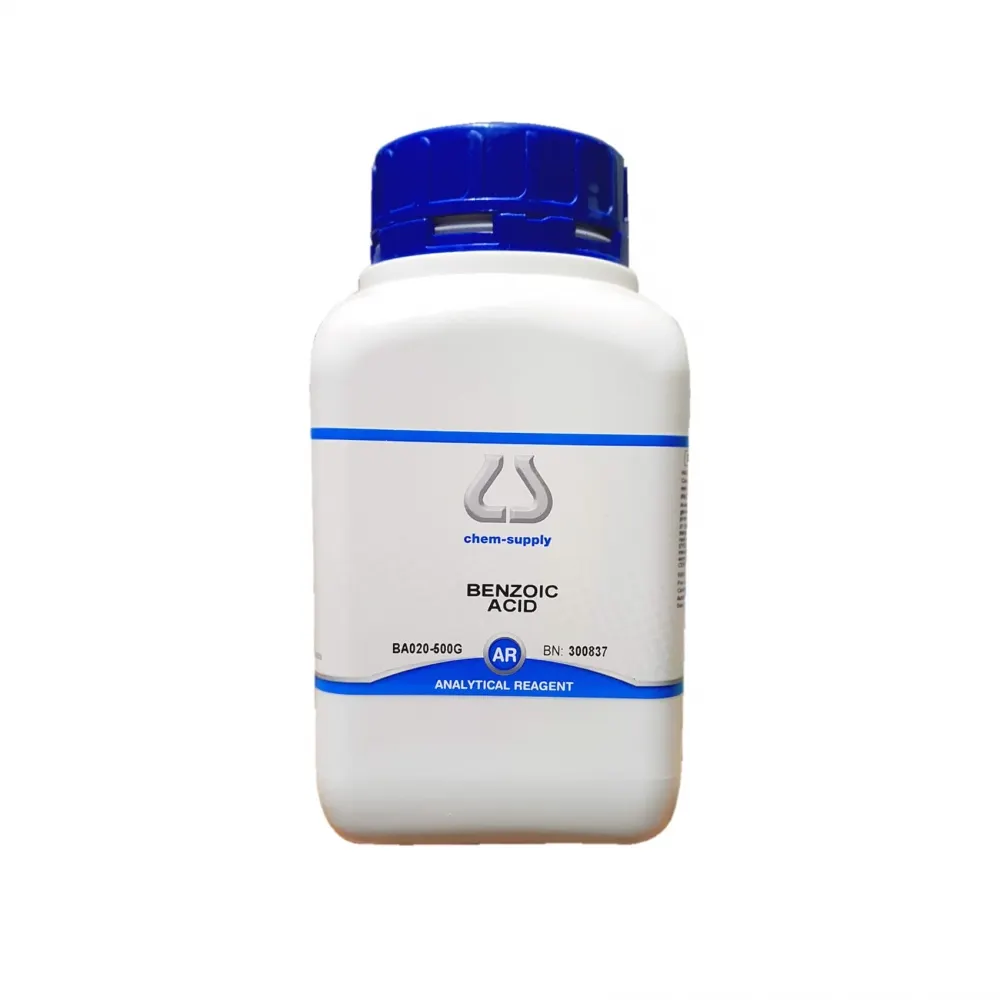
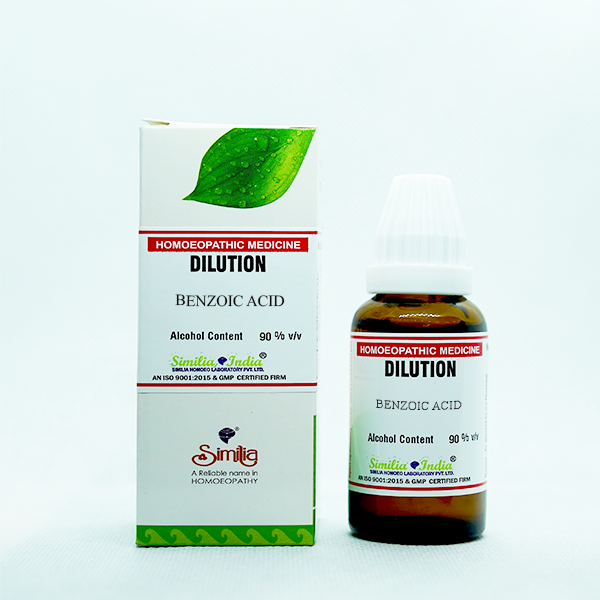

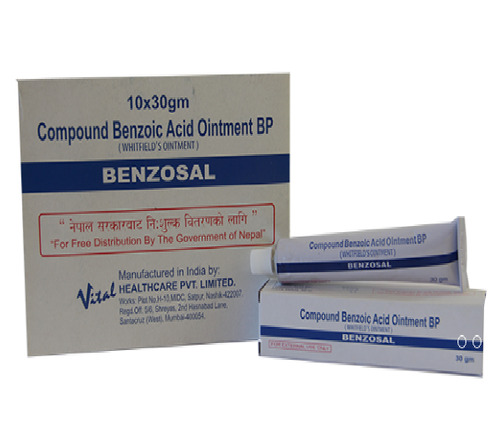




Reviews
There are no reviews yet.